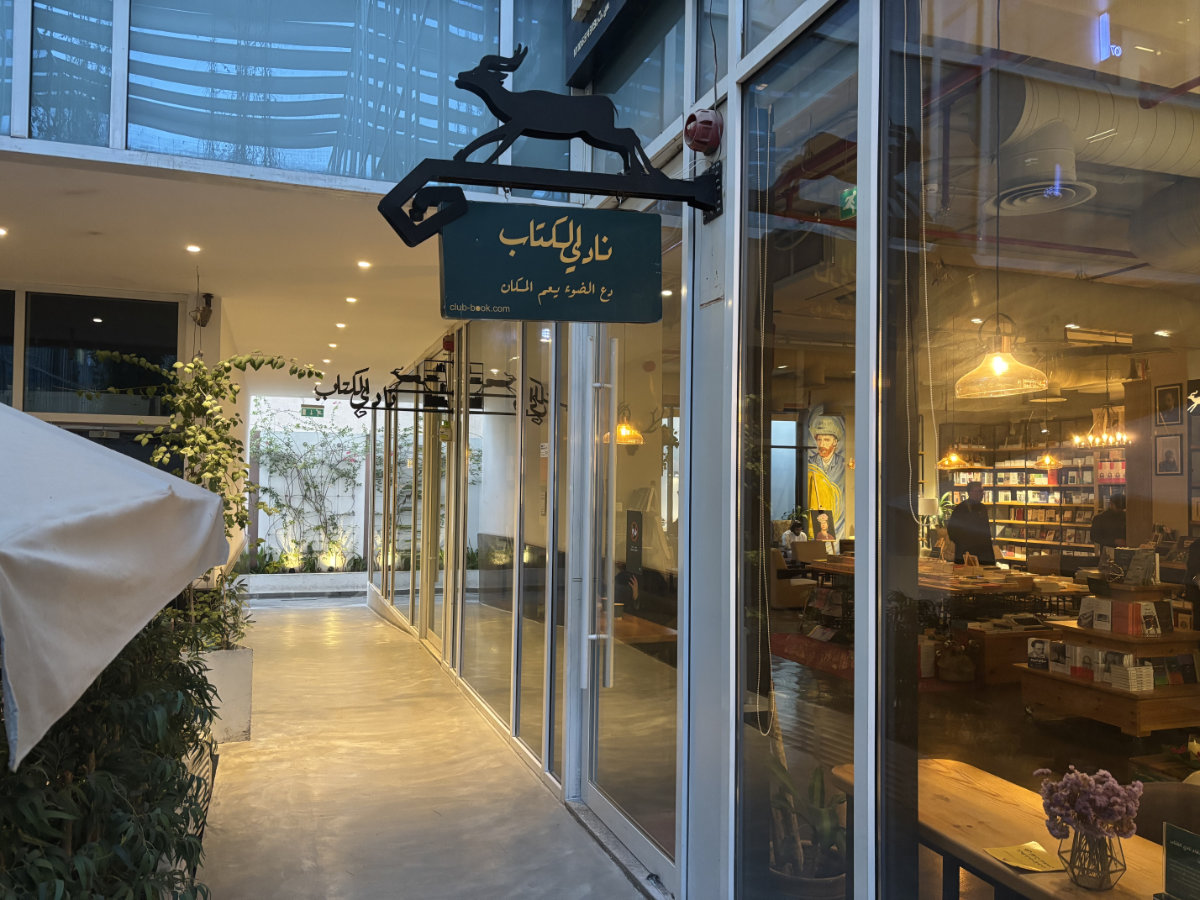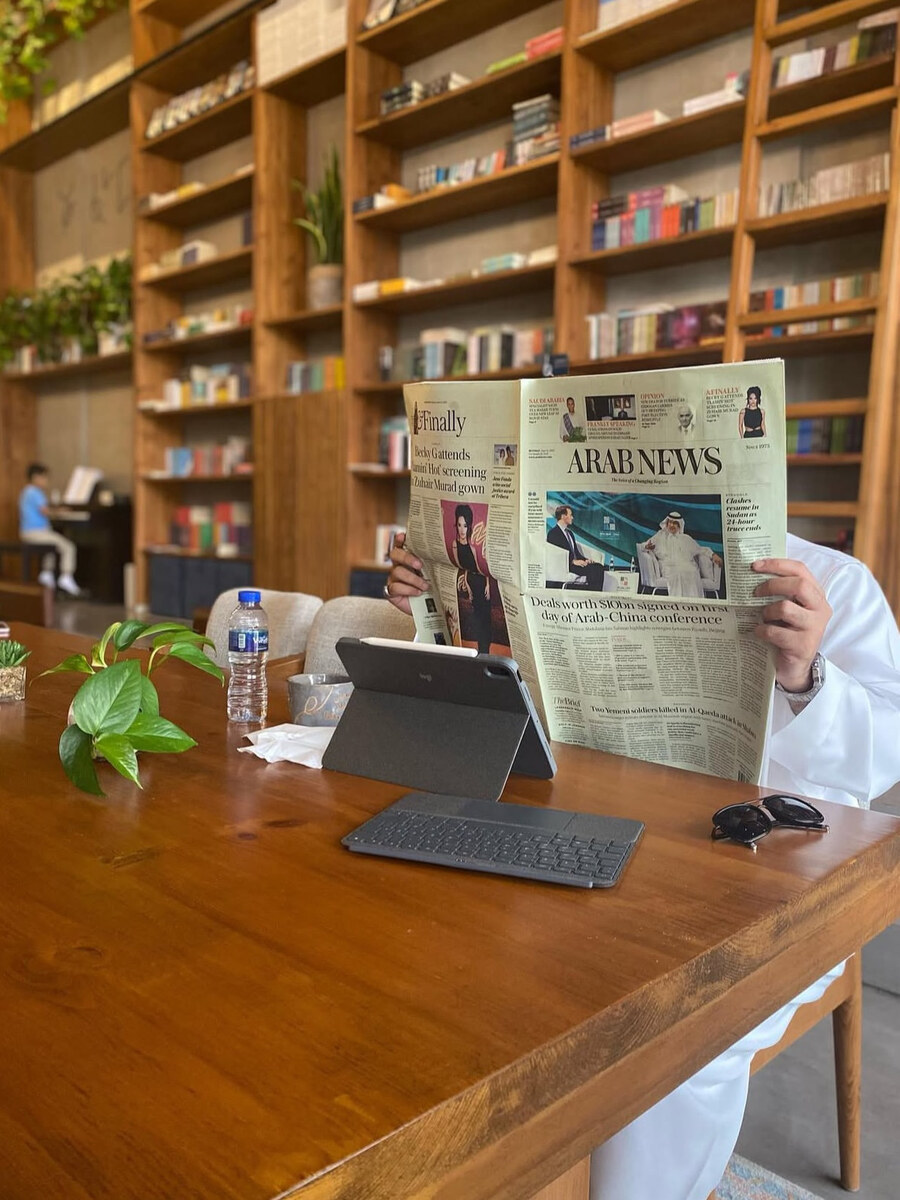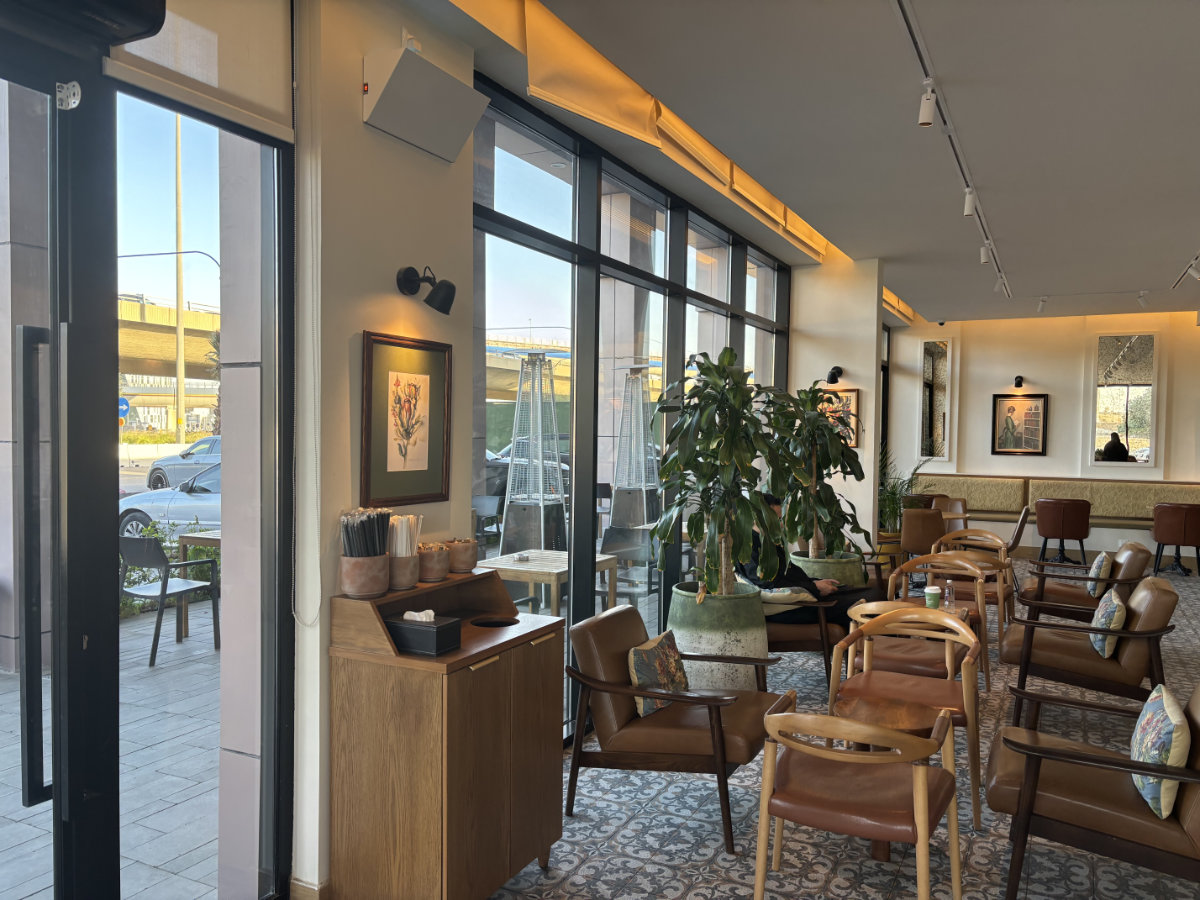“Run Mummy Run” is a formidable network empowering and inspiring women to be fit, healthy and happy. Sport is increasingly considered an opportunity for women to develop social networks and physical skills. Practicing a sport also strengthens our mental and emotional health; it raises our self-esteem and boosts our academic performance.
In this way sport can also help women to gain economic independence. Most of all, women doing a sport have access to community and institutional resources as well as mentors and female role models. These contacts boost their self-determination, encourage them to take the initiative and foster their desire to become leaders.
Run Mummy Run (RMR) began the day Leanne Davies created a Facebook group in 2012. “I’m not an elite athlete or running coach, I’m just a mum who loves to run for all the good it brings, and I’m passionate about helping other women do the same,” she said.
When Leanne became active on social media, she just wanted to motivate a small group of friends to run because when she had children, she could barely fit time into her overloaded schedule to do any kind of exercise. She would often find time to run only in the evening when her husband had finished his work and was back home.
“It would often be late on cold, dark nights when I would pound the pavement alone. I missed having the company and the support of other runners to chat to about my running highs and lows,” Leanne wrote.
In Dec. 2012, after running with her friend Wendy, she told her she was determined to do something about her frustrations and limited time to run. Back home she decided to create a network of like-minded women who shared her love of running and wanted to talk about it. The initial group consisted of three members: Wendy, Leanne and another female friend.
“As well as arranging runs, we motivated and encouraged one another to get out the door, especially on the days when we had no choice but to be alone and staying inside in the warm felt more appealing. We also shared our kit recommendations, funny experiences, and the running knowledge we were gaining via trial and error.”
The group became increasingly popular and the number of members grew to 1,000, then we were 5,000 and at present RMR has more than 50,000 members.
What is so special about this group is the human factor. The members support and encourage each other tremendously. Nobody criticizes or judges anyone. And, said Leanne, “despite the name of the group, you do not have to be a mother. All women are invited to join the group.”
Running provides many physical benefits. It helps to keep your heart healthy, strengthen your bones, muscles and tendons and reduces your risk of developing a serious illness such as cancer. And numerous studies have shown that runners live longer than inactive people. “As running raises the heart rate and burns calories, around 100 per mile on average, it will help you maintain a healthy weight while still allowing you to treat yourself occasionally to cake and chocolate,” Leanne said.
An early-morning run in the fresh air makes you feel so good. And the reason for that is when you run your body releases endorphins. These hormones act as a stress-reliever and they reduce symptoms of depression. When you start running you often find out that something that was bothering you is no longer a problem.
Tracie Kirby runs because her son can’t. “I’m a single mum to a profoundly disabled, gorgeous little boy who was diagnosed with a life-limiting condition. Running helps me zone out and clear my mind,” she said. And Hayley Milam runs to escape. “It’s my ‘me’ time away from three young children. Being a stay-at-home mum is hard work and running is my mental and physical stress release.”
Many women believe they cannot run. They think it’s only for slim and trim women, so RMR has come up with a popular slogan: “She believed she could, so she did.” One of the members of RMR, Sarah Spells, was overweight and convinced she was not meant to run. Then, one day, she had the courage to go to her local gym.
“What a life-changer it has been! I have progressed beyond my wildest expectations. I have lost six stone, had three children and finished an ultramarathon. Running has given me confidence, a belief in myself that anything is possible and lots of friends … Always believe in yourself,” said Sarah.
This book provides a wealth of advice for novice and seasoned runners. One of the first things a recruit learns is the importance of “Jeffing.” Jeffing is an abbreviation of the name Jeff Galloway and stands for the Run Walk Run method developed by this former Olympic athlete. He discovered that regular walking breaks enable novice runners to fight fatigue and reduce their chance of getting injured. Jeffing means that you can run for five minutes, then walk for two minutes and repeat four times to run a total of 20 minutes instead of running for 20 minutes continuously when you have never run before for such a long period of time.
Novice runners also often believe that energy drinks will boost their reserves. Unless you are running a long distance it is much healthier to drink water, and after a long run there is no need to spend money on costly protein drinks and bars. The best way to recover is to have some food that is high in protein, such as a glass of milk, nuts, egg or cheese.
Lately, beetroot has become increasingly popular after studies showed it can enhance one’s stamina and endurance. The secret behind beetroot’s enhancing powers is its high content in nitrates. Drinking beetroot juice regularly or incorporating the vegetable into meals can increase the energy available to muscle cells.
Bananas are also particularly good for runners because of their content in carbohydrates, which play the role of fuel, and they are high in potassium which maintains blood pressure, strengthens the muscles and regulates the body’s fluid levels.
Book Review: Running can change our lives
Book Review: Running can change our lives

What We Are Reading Today: ‘The Machines of Evolution and the Scope of Meaning’

Author: Gary Tomlinson
In this groundbreaking book, Gary Tomlinson defines a middle path. Combining emergent thinking about evolution, new research on animal behaviors, and theories of information and signs, he tracks meaning far out into the animal world. At the same time he discerns limits to its scope and identifies innumerable life forms, including many animals and all other organisms, that make no meanings at all.
Riyadh’s literary havens: Where coffee meets the love of books

- City’s book cafes offer serene spaces for quiet reflection
- Carefully curated selections of Arabic and English titles on offer
RIYADH: Riyadh’s cultural landscape is undergoing a quiet transformation, where the love of coffee meets the timeless allure of literature.
Book cafes are carving out a niche as spaces where readers, thinkers, and coffee enthusiasts converge.
These havens of creativity and reflection offer retreats for the mind and soul, providing a sense of community in an increasingly fast-paced world.

The Book Club: Where stories find their home
Nestled in the Al-Yasmin district, The Book Club is a tranquil retreat for bibliophiles, particularly those passionate about Arabic literature.
Its shelves brim with carefully curated Arabic titles, from classics to contemporary gems, complemented by a modest selection of English books.
HIGHLIGHTS
• In Riyadh’s Al-Narjis district, Wathbah Coffee and Book’s floor-to-ceiling bookshelves, vintage-inspired decor, and intimate corners create a haven for readers and thinkers alike.
• Coffee Trees, tucked away in the Al-Rayan district, offers a sanctuary that blends greenery with literary charm.
The minimalist interior, adorned with soft lighting and intimate reading nooks, creates an atmosphere conducive to focus and relaxation.
What sets The Book Club apart is its browsing policy. Visitors are welcome to skim books for three minutes before deciding to purchase, with additional purchases granting extended reading time.

During Arab News’ visit, the cafe hosted a stimulating talk with Saad Al-Bazai, titled, “Historical Fiction: Why Do They Believe in the Imagined?”
Al-Bazai told Arab News: “These gatherings bring together a diverse audience and provide them with the opportunity to meet researchers.
“This undoubtedly supports cultural life as it creates a platform for dialogue that differs from social media platforms — it is vibrant, direct, and involves personal presence.”
Sophia: A library, a cafe, and a place to connect
Sophia has become a cornerstone of Riyadh’s literary scene, acting as a hub for knowledge, creativity, and meaningful connections.
Its towering wooden shelves are filled with a rich collection of Arabic and English books, carefully curated to cater to a diverse audience.

Beyond being a library, Sophia also serves as a publishing house, amplifying the voices of local and regional authors, bringing their stories to the forefront.
What sets Sophia apart is its dedication to fostering intellectual growth and cultural exchange.
The space regularly hosts book launches, discussion panels, and thought-provoking dialogue sessions that bring together writers, readers, and thinkers from various backgrounds.
The inviting ambiance, complete with warm lighting and cozy seating, creates the perfect backdrop for these events, making each visit an enriching experience.
Aminah Al-Hassani, a loyal visitor, captured the essence of Sophia. She said: “The place is calm and serene, and it has never let me down with a bad book.
“Every book I’ve read here has been better than the last. Their selections are beautiful, and the events they organize are always beneficial and enjoyable.”

Coffee Trees: A green sanctuary
Coffee Trees, tucked away in the Al-Rayan district, offers a sanctuary that blends greenery with literary charm. The cafe’s lush decor, accentuated by vibrant plants and natural elements, transforms the space into a botanical retreat.
Though its library is modest, the curated selection of books is perfectly aligned with the cafe’s serene ambiance.
Patrons often find themselves lost in thought or pages, surrounded by the aroma of ethically sourced, expertly brewed coffee.
Whether it’s the tranquil environment or the commitment to sustainability, Coffee Trees is a favorite escape for those seeking a moment of calm in the city.

Wathbah Coffee & Book: Where timeless charm meets literature
In Al-Narjis district, Wathbah Coffee & Book exudes intellectual allure. Its floor-to-ceiling bookshelves, vintage-inspired decor, and intimate corners create a haven for readers and thinkers alike.
The carefully selected collection spans genres and eras, ensuring there’s something for everyone.
Wathbah’s ambiance is perfect for quiet reading, reflective conversations, or simply soaking in its aesthetic beauty.
As Sara Al-Ebraheem, a loyal patron, said: “There’s a certain magic in time spent in the company of good books, with a perfectly brewed coffee.”

Ons Coffee Roasters: Where simplicity meets serenity
Ons Coffee Roasters offers a minimalist haven for those who crave peace and simplicity. Its clean design, complemented by tasteful art and cozy seating, creates a calm environment perfect for unwinding.
While its library may be small, the books displayed are thoughtfully chosen to inspire reflection and curiosity.
Ons Coffee Roasters is as much about quality as it is about serenity. Its expertly brewed coffee elevates the experience, making it an ideal retreat for anyone seeking a quiet corner in Riyadh.

A cultural renaissance in Riyadh
The emerging popularity of book cafes is providing spaces where literature, art, and community thrive. The cafes cater to a growing audience of residents and visitors who value meaningful connections in an increasingly digital world.
What We Are Reading Today: ‘Mathematical Methods for Geophysics and Space Physics’ by William I. Newman

Graduate students in the natural sciences—including not only geophysics and space physics but also atmospheric and planetary physics, ocean sciences, and astronomy—need a broad-based mathematical toolbox to facilitate their research.
In addition, they need to survey a wider array of mathematical methods that, while outside their particular areas of expertise, are important in related ones.
This authoritative and accessible book covers everything from the elements of vector and tensor analysis to ordinary differential equations, special functions, and chaos and fractals.
What We Are Reading Today: ‘The Owl and the Nightingale’

Author: SIMON ARMITAGE
“The Owl and the Nightingale,” one of the earliest literary works in Middle English, is a lively, anonymous comic poem about two birds who embark on a war of words in a wood, with a nearby poet reporting their argument in rhyming couplets, line by line and blow by blow.
In this engaging and energetic verse translation, Simon Armitage captures the verve and humor of this dramatic tale with all the cut and thrust of the original.
International Prize for Arabic Fiction announces 2025 longlist

DUBAI: The longlist for the 2025 International Prize for Arabic Fiction has been revealed, with 16 novels in the running for the $50,000 award, sponsored by the Abu Dhabi Arabic Language Centre.
While works from Bahrain and Mauritania have made the list for the first time, other nominated novels come from Egypt, Syria, Lebanon, Algeria, Iraq and the UAE.
The longlist has been chosen from a total of 124 submissions by a panel of five judges chaired by Egyptian academic Mona Baker. Joining her on the panel are Moroccan academic and critic Said Bengrad, Emirati critic and academic Maryam Al-Hashimi, Lebanese researcher and academic Bilal Orfali, and Finnish translator Sampsa Peltonen.
In a statement, Baker said, “This year’s longlist is remarkable in its diversity of both theme and literary form. Some novels address women’s struggles to achieve their dreams in a patriarchal society that prevents them from living fulfilled lives. Others offer a nuanced portrait of religious and sectarian worlds, where extremism and dogma contrast with human empathy and understanding.
“There are a number of historical novels on the list which deal with both the recent and more distant past, such as the Abbasid era, or the Inquisition and persecution of Muslims in Andalusia. There are also semi-autobiographical books, and others which read like detective stories.
“Repressive regimes and their power to crush the hopes and lives of ordinary people are also explored; some novelists paint a stark picture of this reality, while others employ sarcasm and humour, rendering these difficult topics more accessible for the reader.”
The 2025 International Prize for Arabic Fiction longlist:
Aqeel Almusawi’s “The Weepers” (Bahrain)
Inam Bioud’s “Houwariya” (Algeria)
Rashid Al-Daif’s “What Zeina Saw and What She Didn’t” (Lebanon)
Ahmed Fal Al-Din’s “Danshmand” (Mauritania)
Jan Dost’s “The French Prisoner” (Syria)
Sausan Jamil Hasan’s “Heiress of the Keys” (Syria)
Iman Humaydan’s “Songs for the Darkness” (Lebanon)
Azher Jirjees “The Valley of the Butterflies” (Iraq)
Hasan Kamal’s “The Stolen Novel” (Egypt)
Taissier Khalaf’s “The Andalusian Messiah” (Syria)
Ahmed Al-Malawany’s “Happy Dreams” (Egypt)
Mohamed Samir Nada’s “The Prayer of Anxiety” (Egypt)
Nadia Najar’s “The Touch of Light” (United Arab Emirates)
Haneen Al-Sayegh’s “The Women’s Charter” (Lebanon)
Sumar Shihada’s “My Life Has Just Begun” (Syria)
Ayman Ragab Taher’s “The Lamplighter” (Egypt)


















